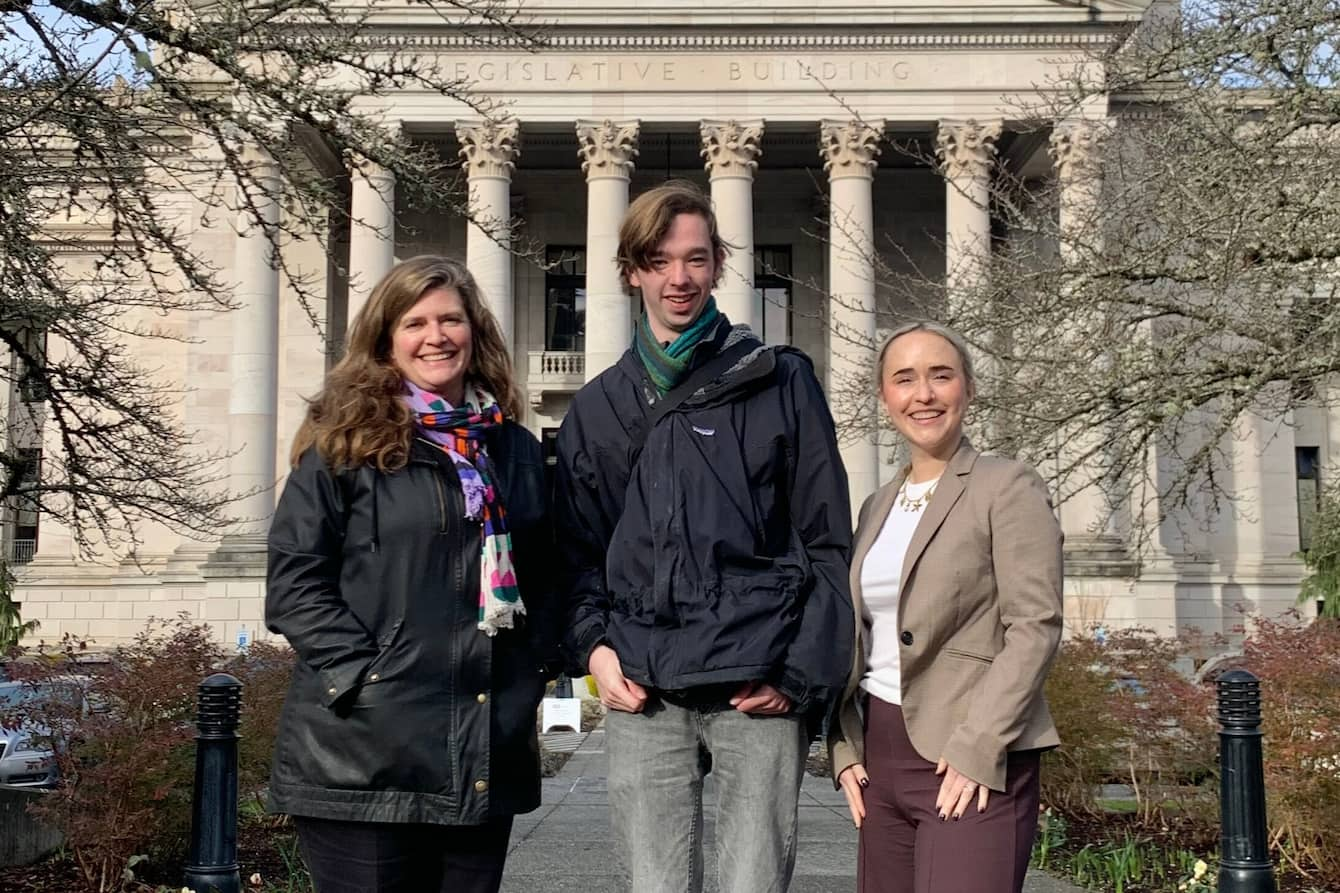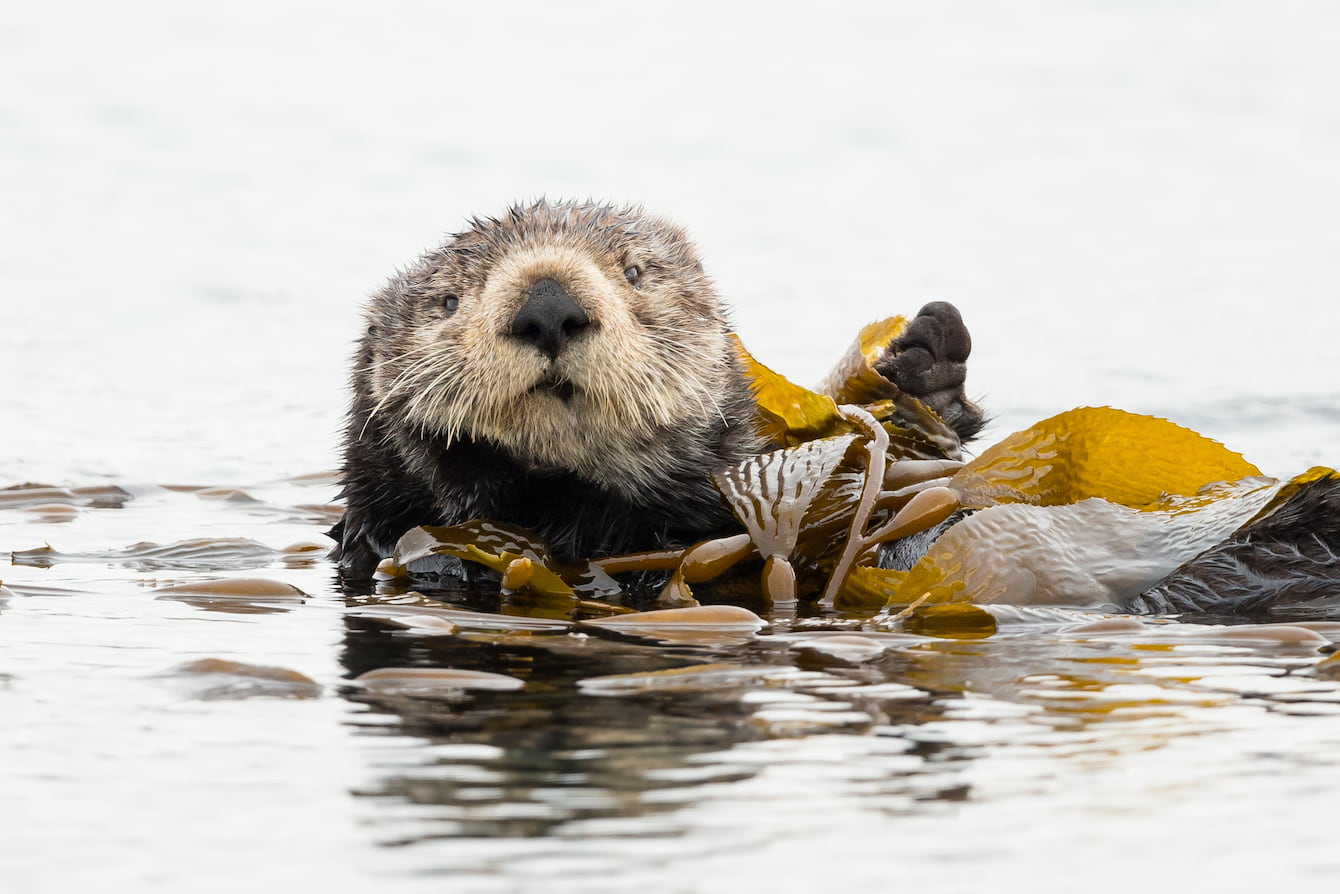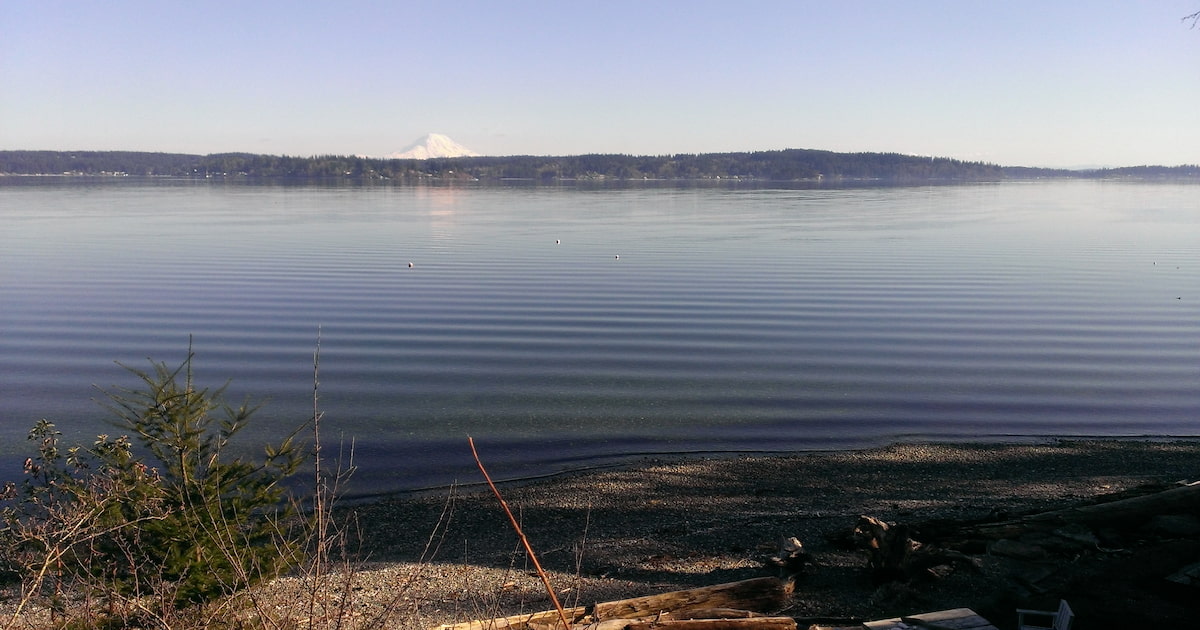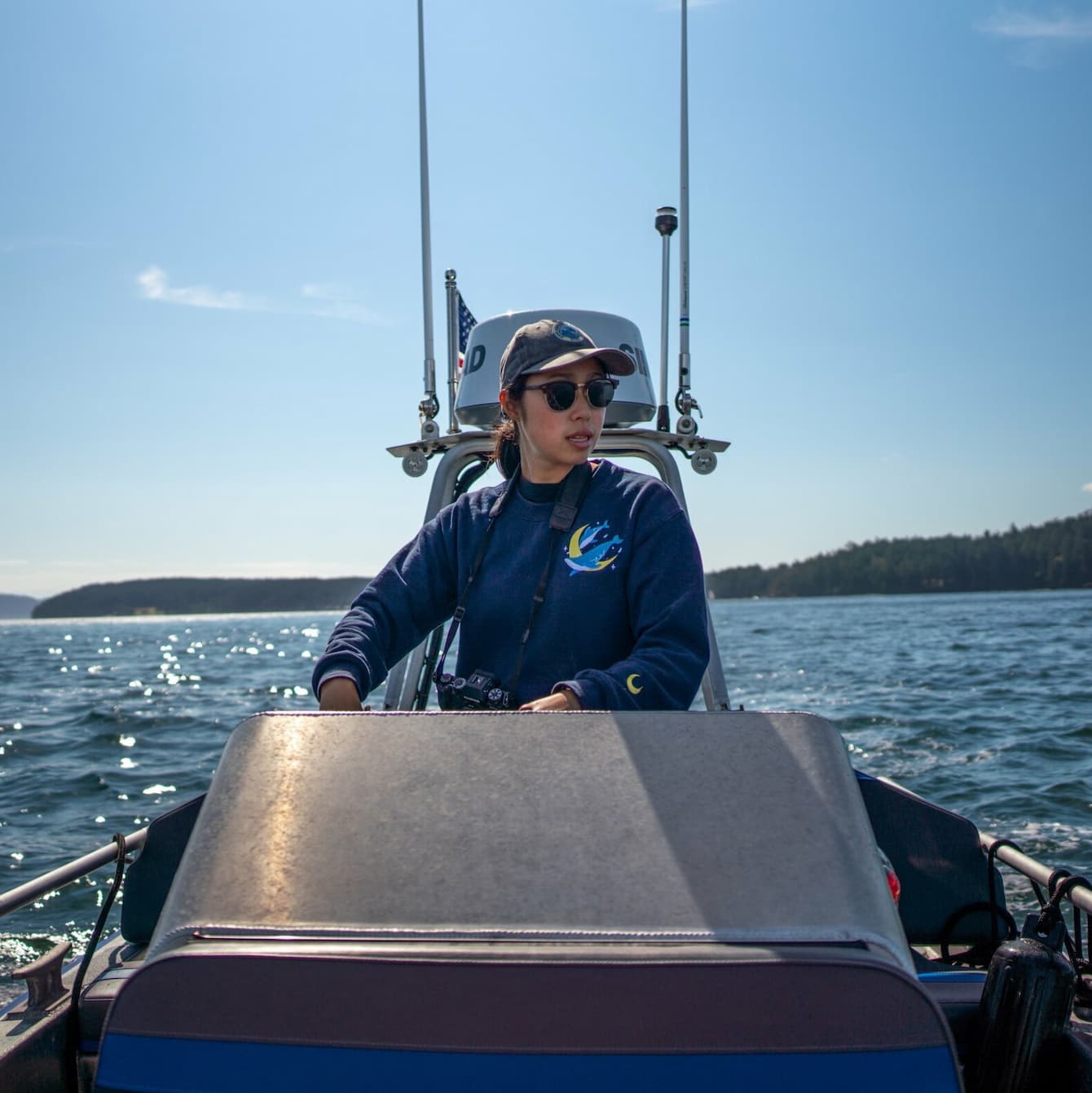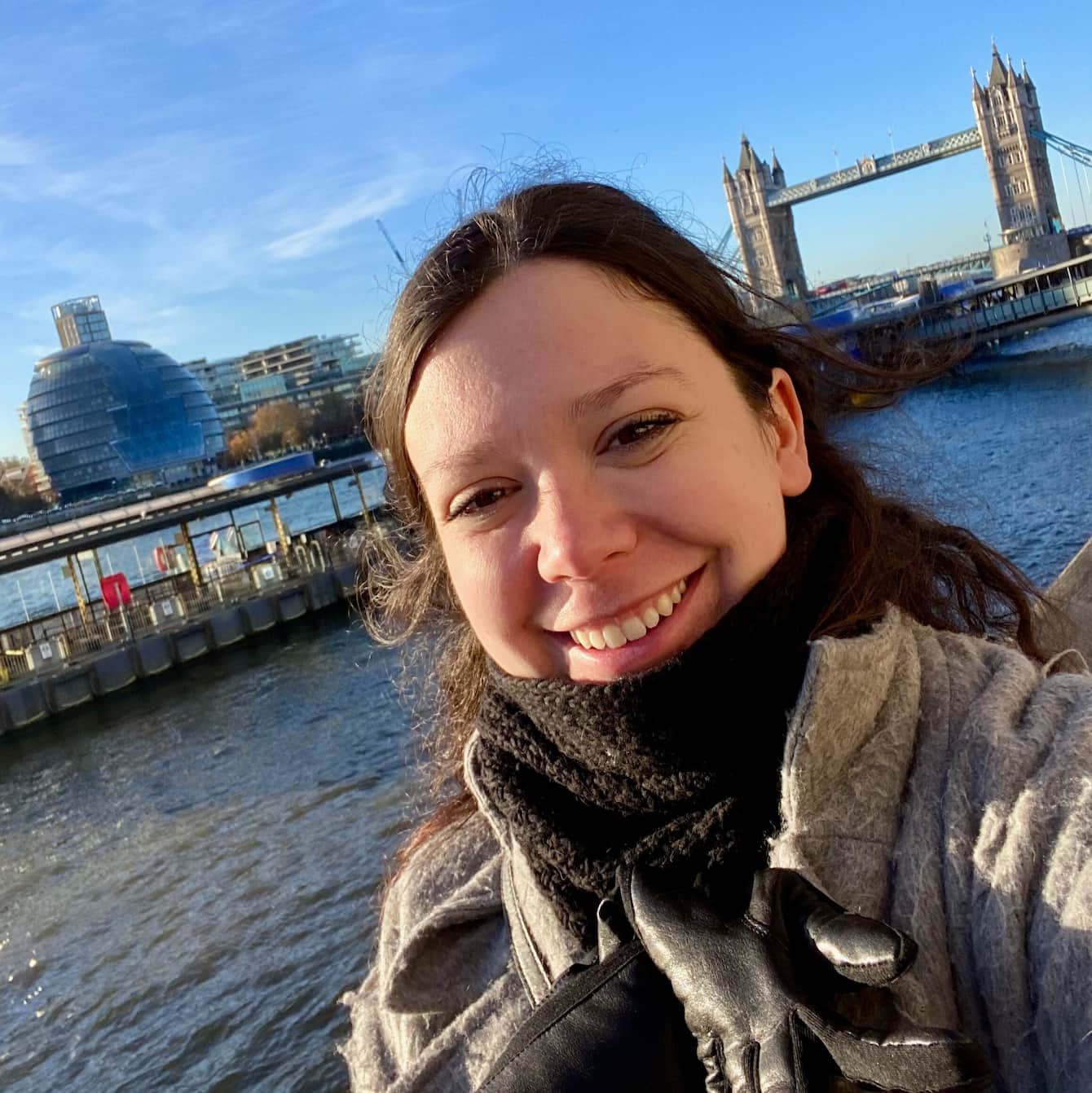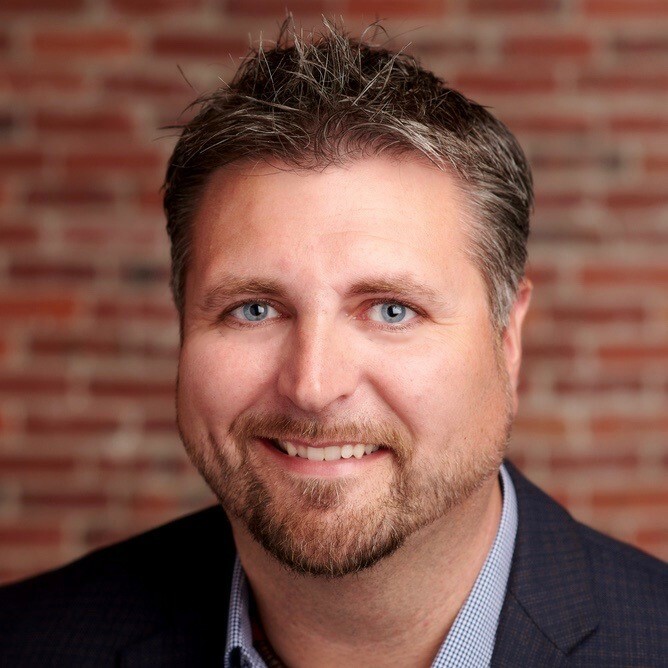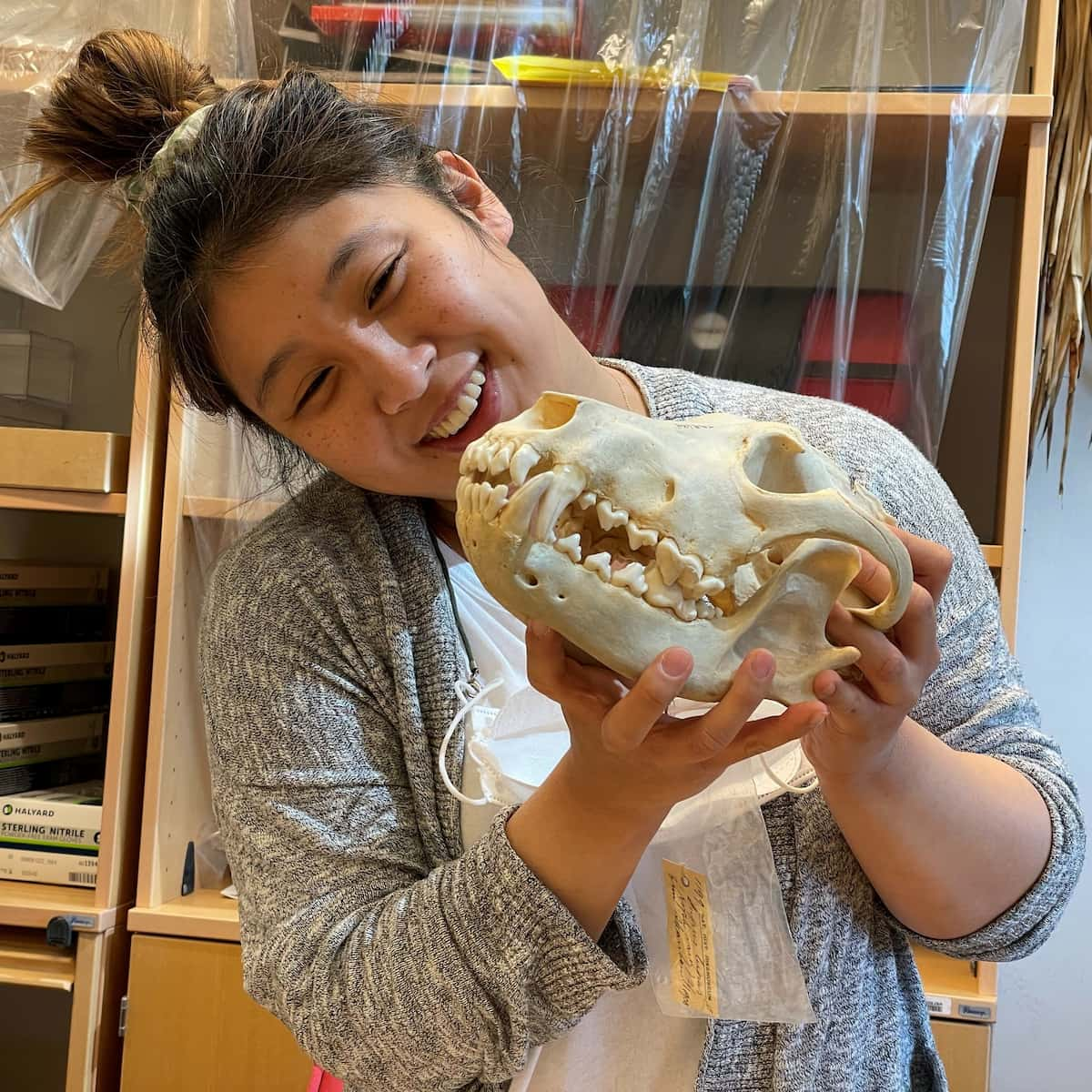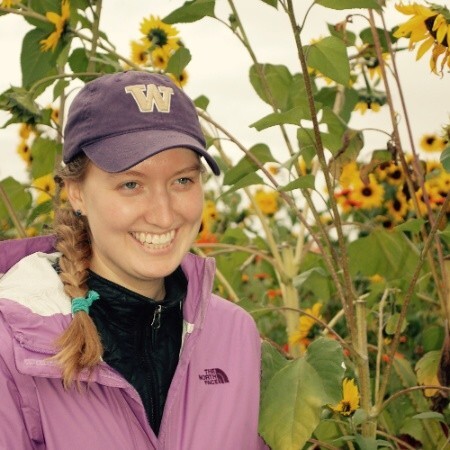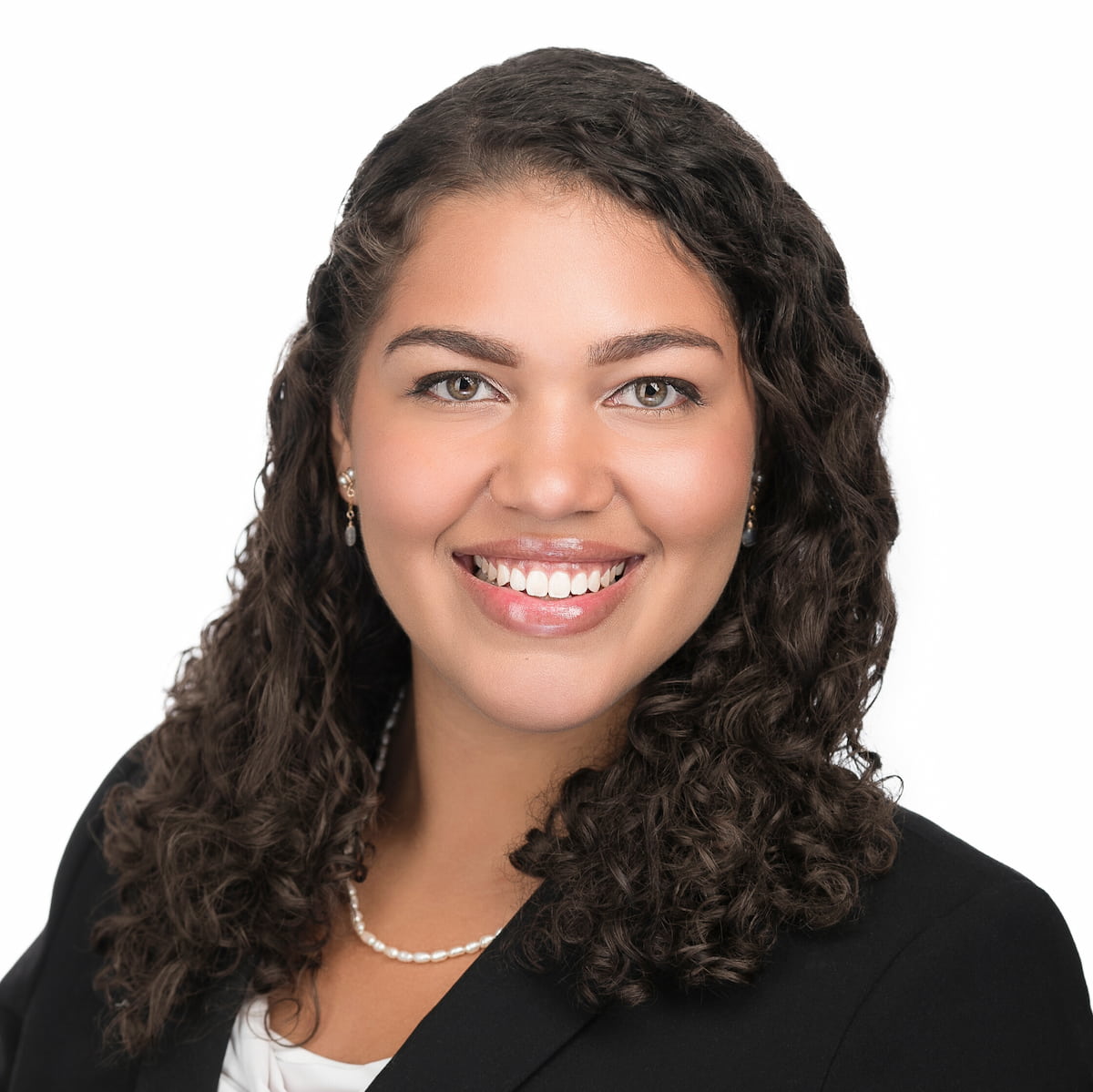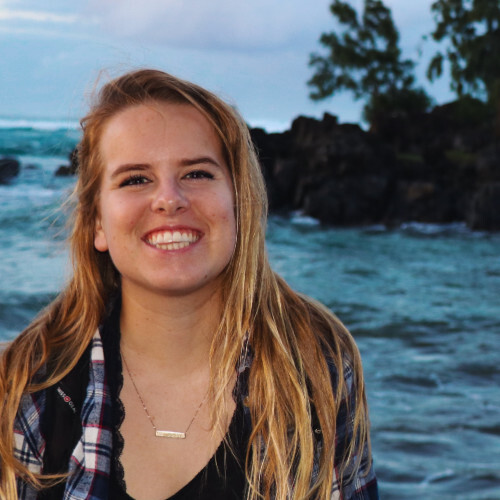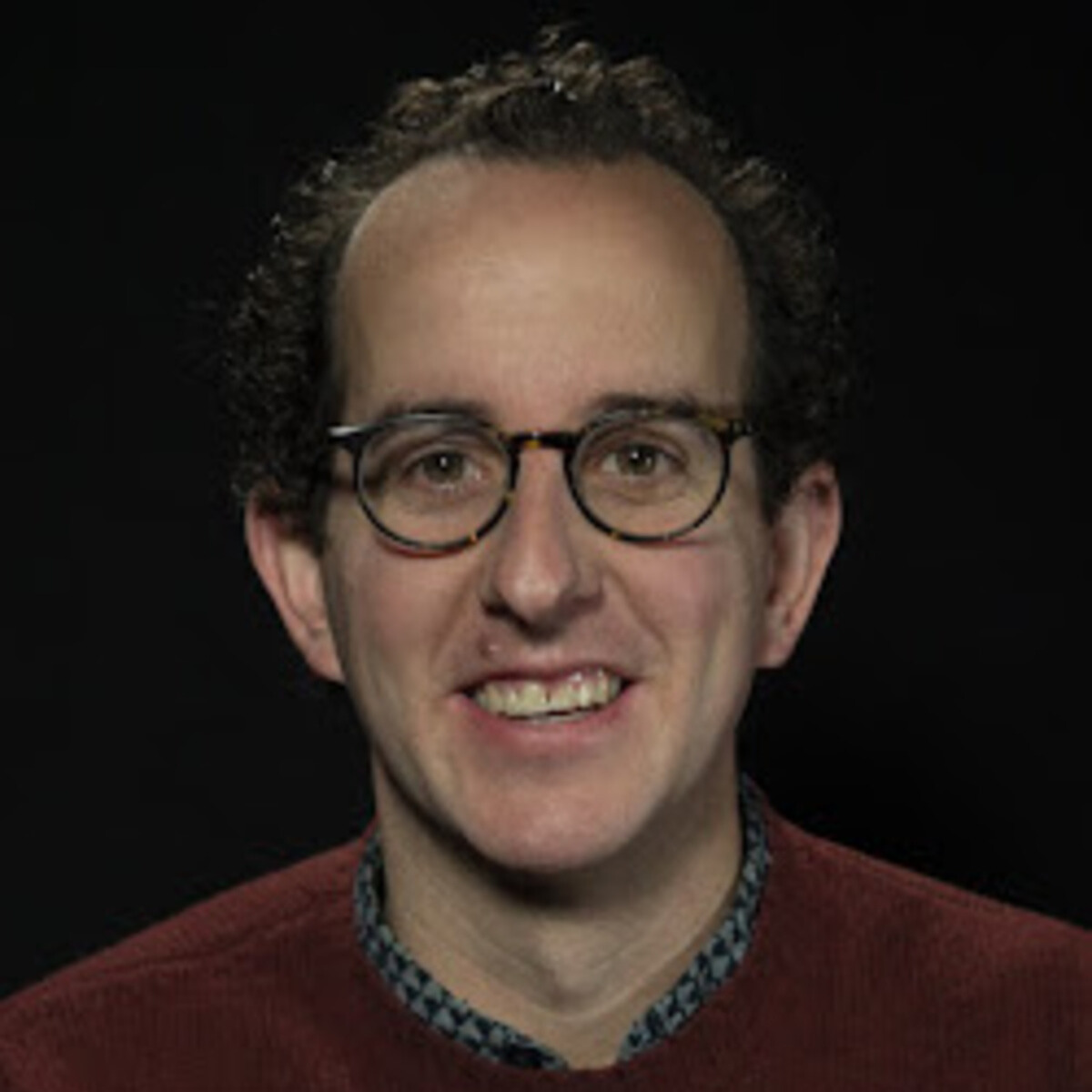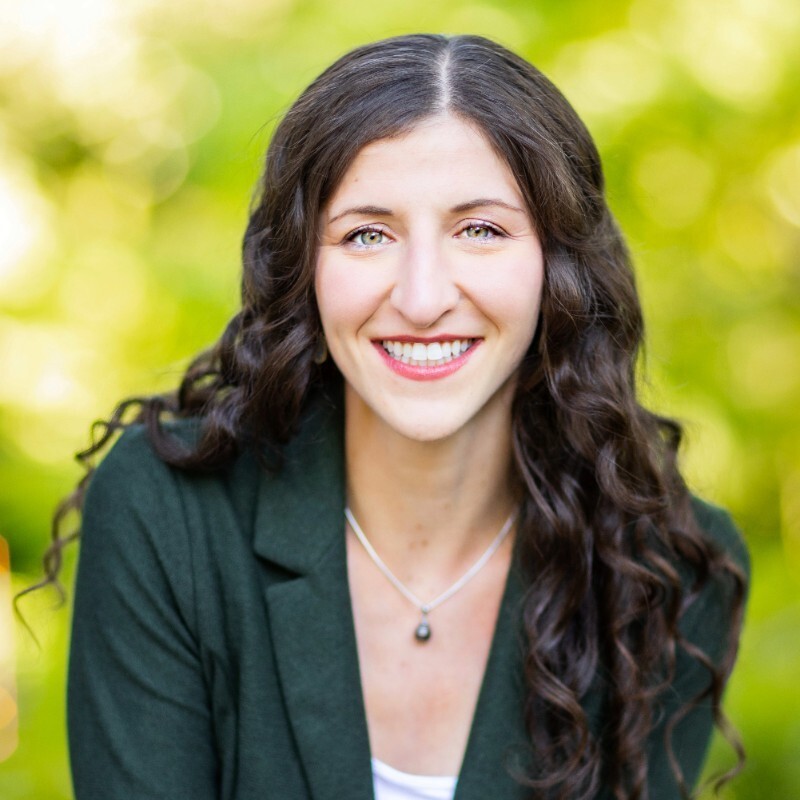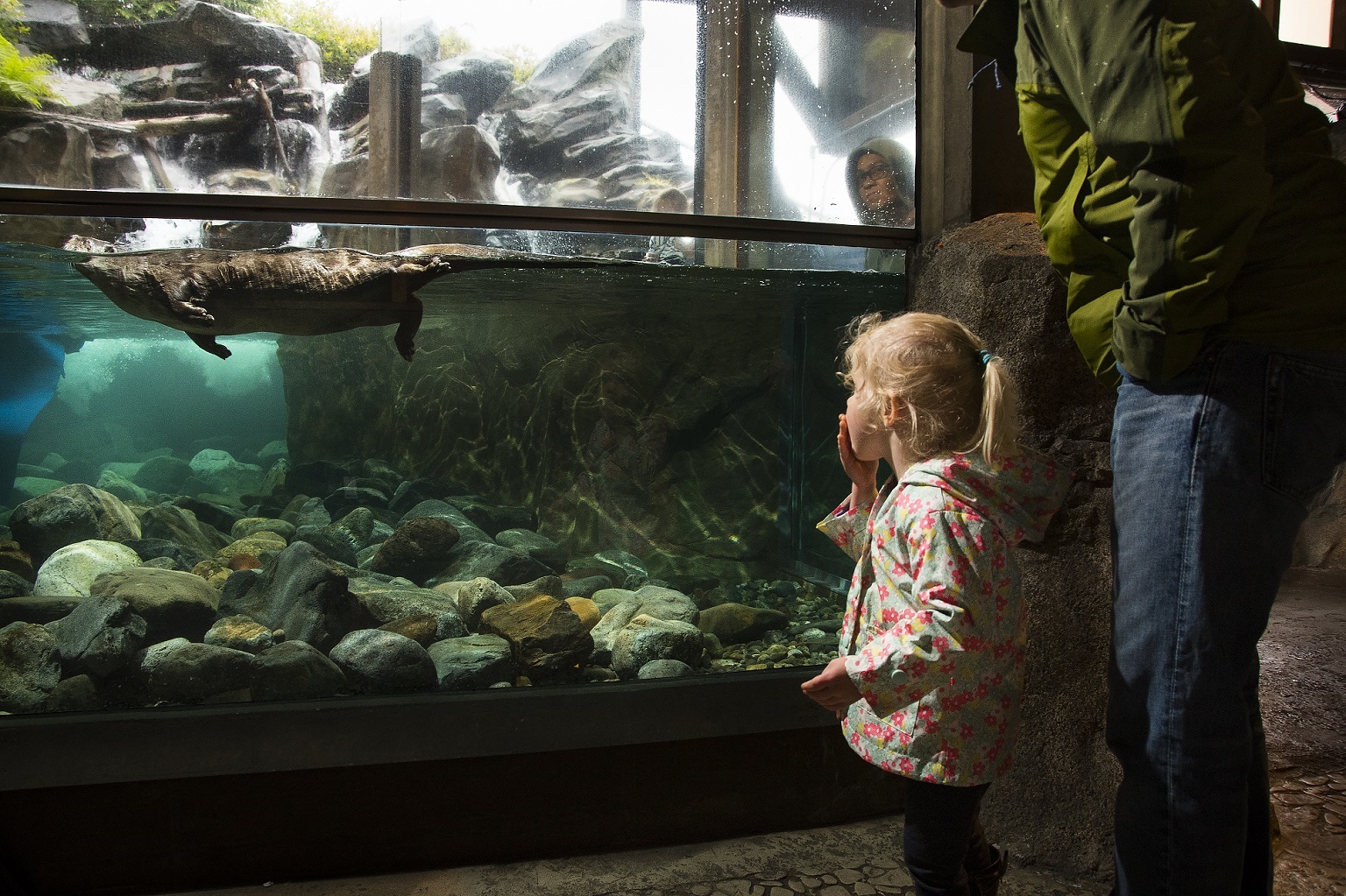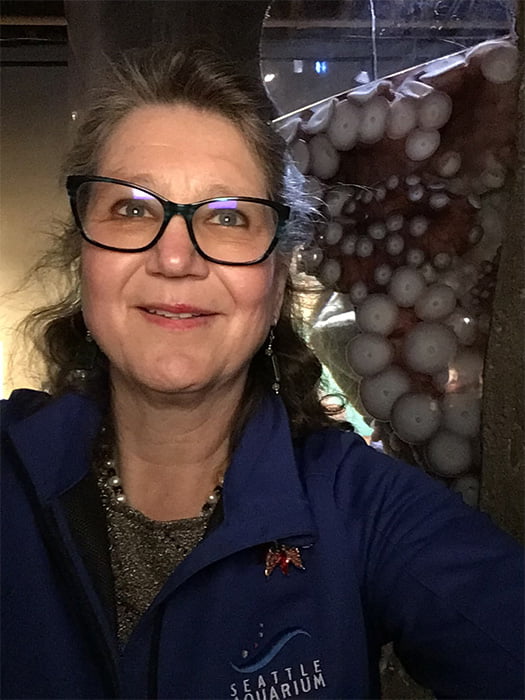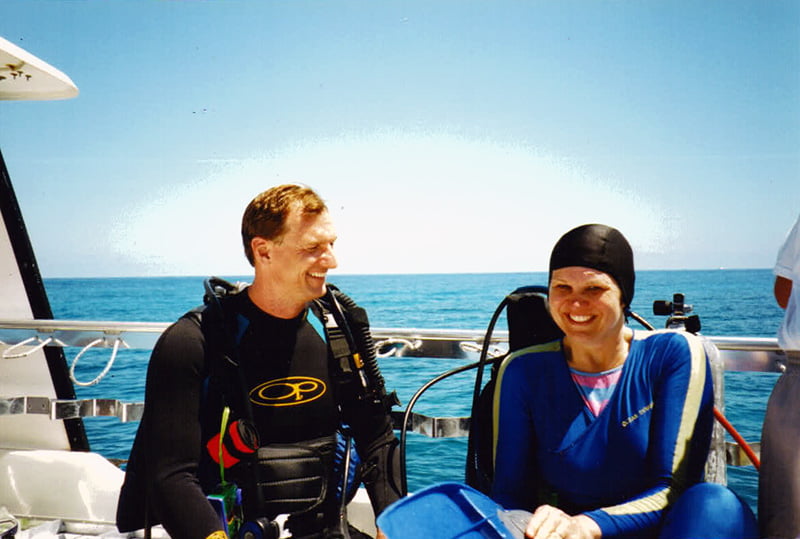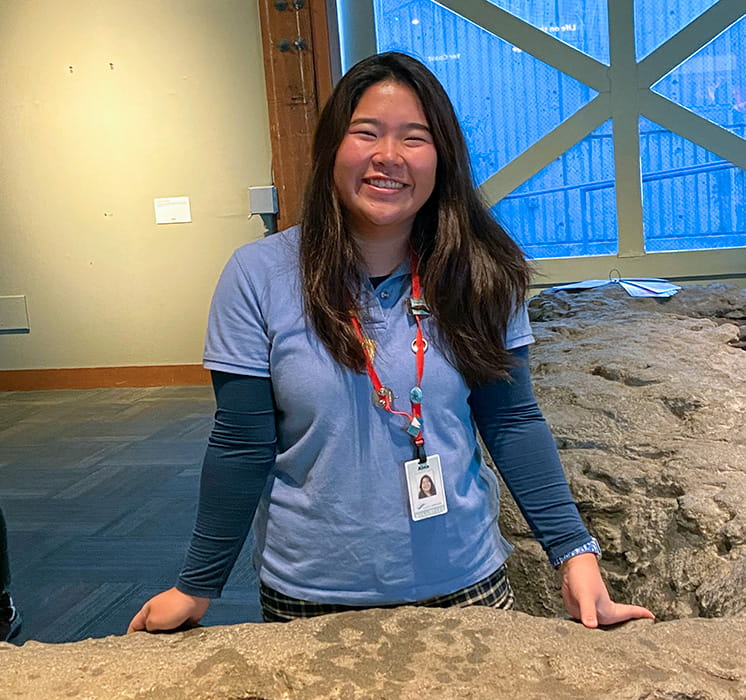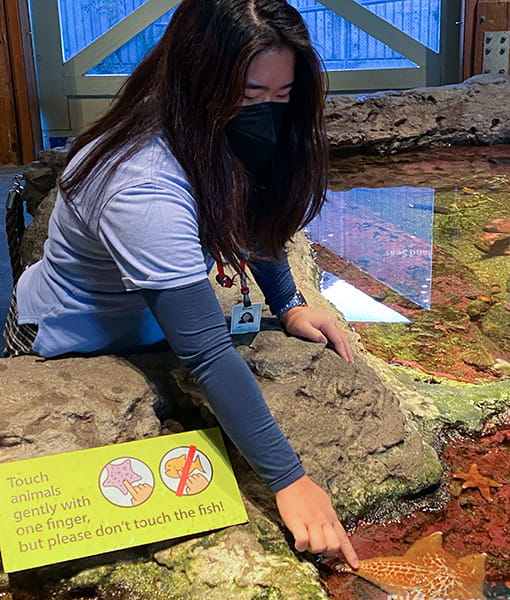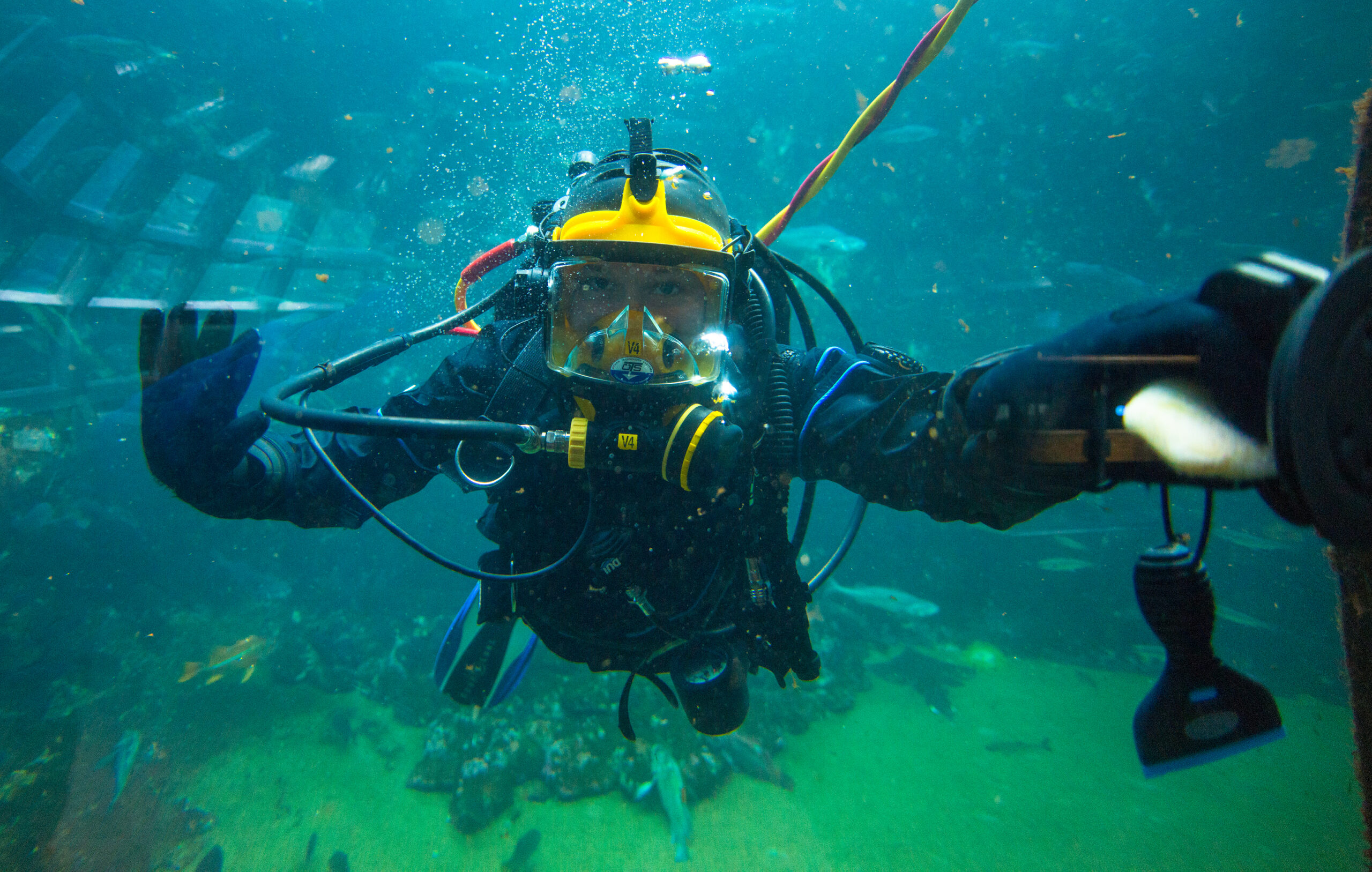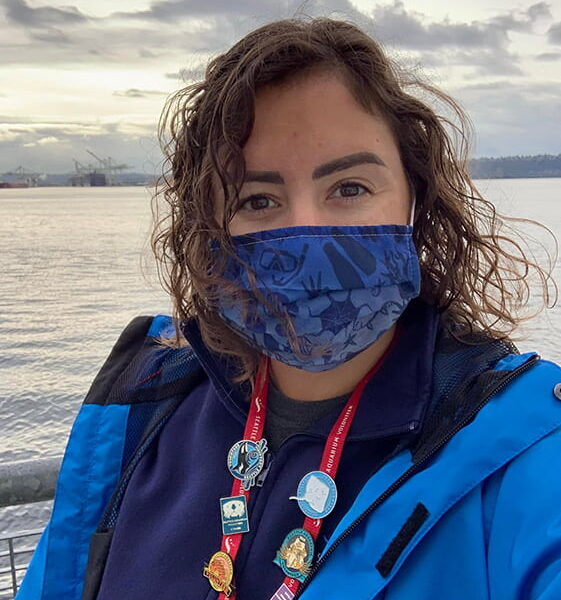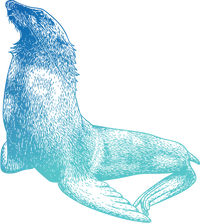Marine ink-spiration: Tattoos of the Seattle Aquarium, part 4—volunteer edition
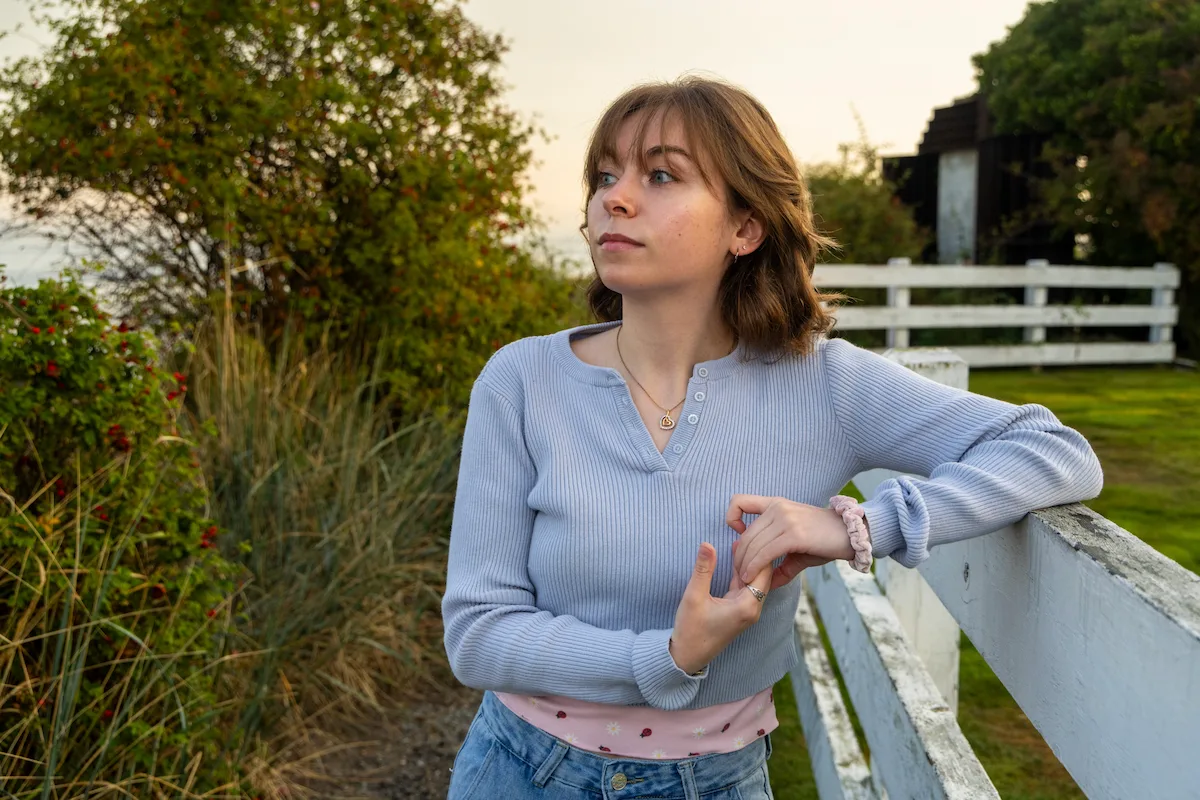
The Seattle Aquarium is incredibly fortunate to have an amazing team of talented, passionate volunteers who generously give their time in support of our conservation mission. They share their knowledge and enthusiasm with our guests, help prepare meals of sustainable seafood for the animals in our care, dive in our habitats, meet members of the public on local shorelines and so much more. As it turns out, some of them also show their love for the marine environment with fin-tastic tattoos!
So we’re adding to our ongoing series of web stories about folks at the Aquarium with marine-themed tattoos (check out part 1, part 2 and part 3 if you haven’t already) with this special installment, devoted to volunteers.
We hope you enjoy learning about these three outstanding volunteers and the stories behind their ink. Please be on the lookout for another installment devoted to volunteers later this fall!
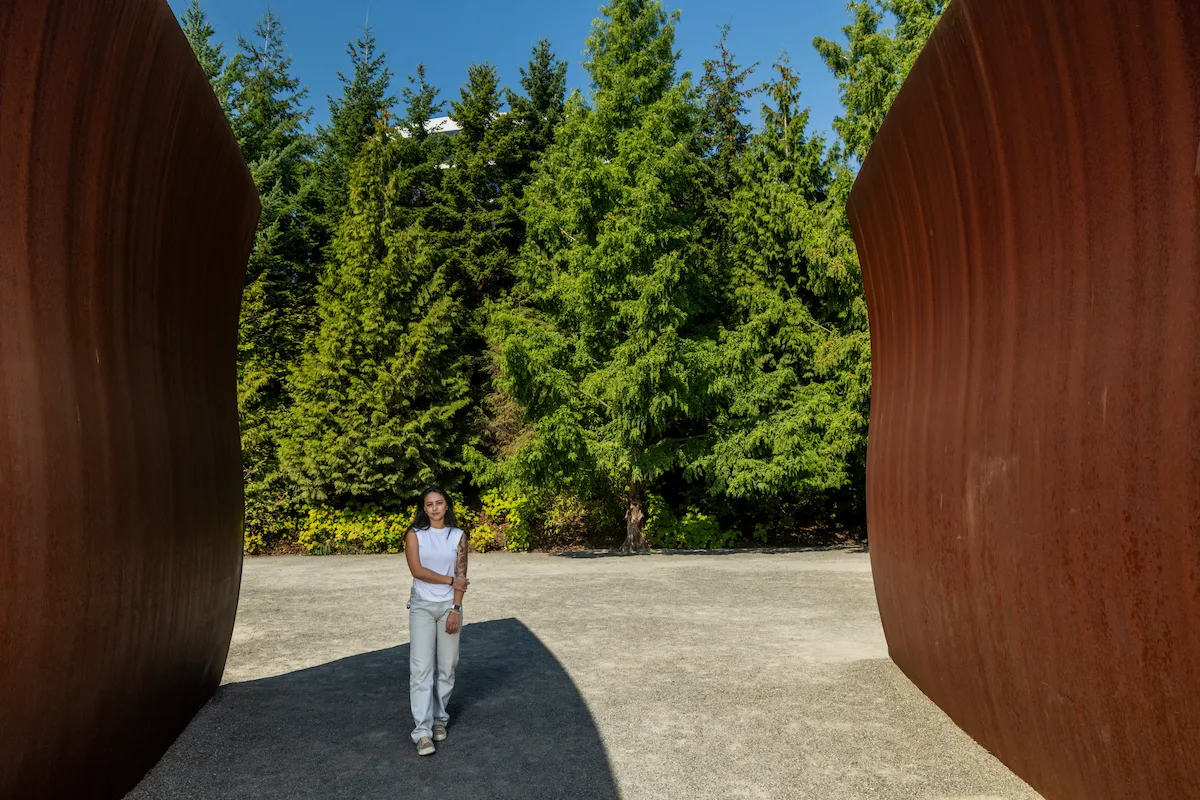
“I love that I can bridge the gap and help people get comfortable interacting with the animals in the touch pools. I always tell them that this is something that they’ll probably never get to do again unless they’re at a tide pool or another aquarium.”
—Mia Redfern (she/her)
My mom is Japanese, and my dad’s American, from Washington state. He’s in the military and they met in Misawa, Japan. My mom gave me my middle name, Umi, which means ‘ocean’ in Japanese. Growing up, we traveled around the world, and I’m always drawn to a body of water, no matter where I go.
When I started college, I majored in art. But as I was taking classes, I realized that I wanted to use it more as an outlet to express myself—not something I wanted to get evaluated in.
And I thought, ‘What’s something impactful that I’m also really passionate about?’ I landed on marine biology and, through my studies, realized that it would be really cool to have tattoos that remind me of why I wanted to get that degree.

I’m living with my dad here in Seattle right now, saving to move to France and get my master’s. I came to the Aquarium as a kid, and when I went back as an adult, I thought it would be a cool place to volunteer—and wouldn’t make me feel like my degree was going to waste. I love the atmosphere and the people, just giving back to the community.
I believe that’s important because I grew up in a lifestyle where everyone accepted everyone. I traveled a lot as a military kid, getting to see so many different cultures and religions, and, through that, I realized that community is a really great way of making everyone feel welcomed.
I love people’s stories, and my tattoos have connected me a lot to other people. Sometimes they know facts about the animals, and other times, I tell them something that’s new to them. It’s great to connect with people like that.
—Mia Redfern (she/her)
Tattoo by @scorpionandroses
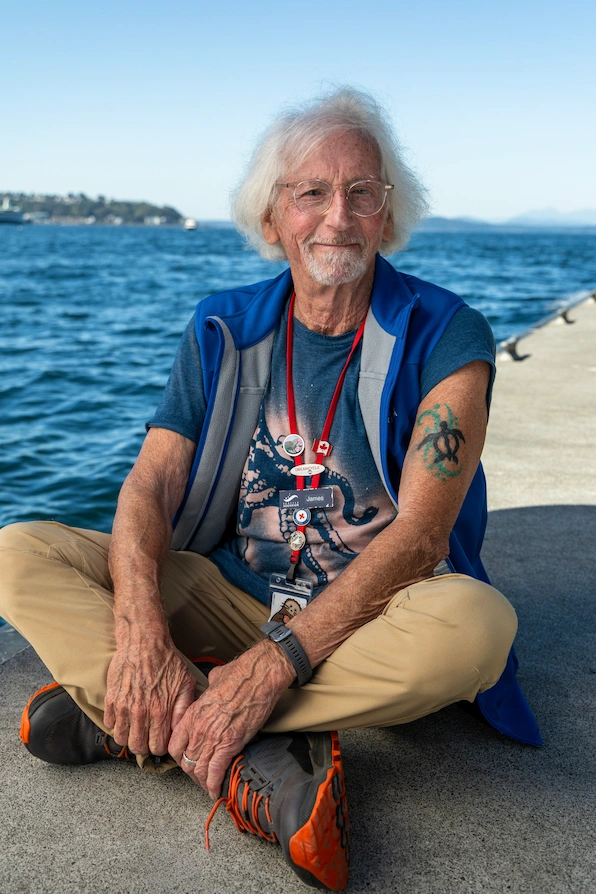
“I wish I’d found this place years ago. On a scale of 1 to 10, it’s a 400. Every time I come here for a shift, I spend the whole time smiling. It's just so fun.”
—James Smith (he/him)
I started swimming when I was 4—I love being in the water. ‘Swim or die’ is my mantra, and I believe it’s a big part of why I’ve gotten to be this old and still have so much freedom of movement.
But, you know, I’ve learned more in the month that I’ve been volunteering at the Aquarium than the entire time I’ve spent in the water. Watching children—budding marine scientists—and people who have never experienced the ocean getting to touch these creatures, learn about them… it’s going to change how they see the ocean. My wife said, ‘You’ve found your home.’
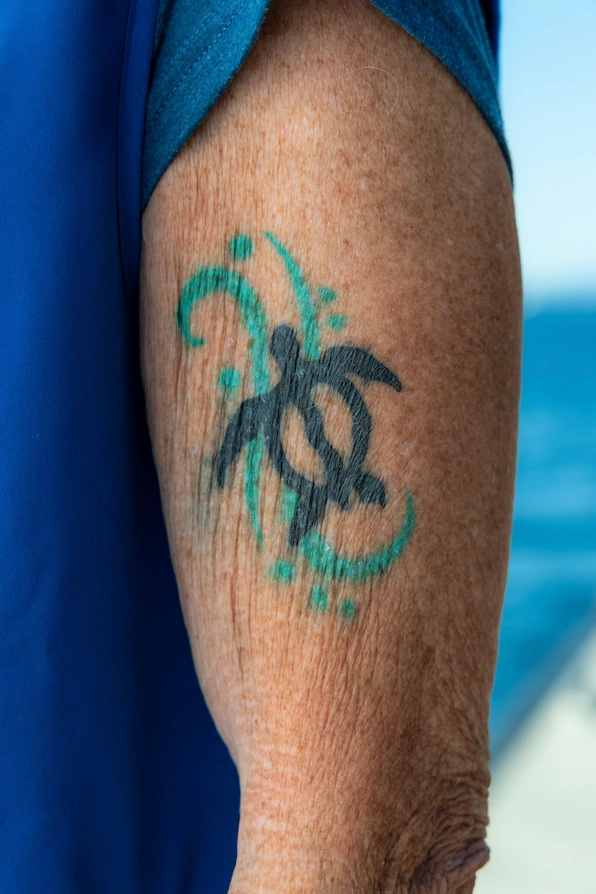
A few years ago, I was swimming across a crescent-shaped bay on the Big Island, a place I swim often. There was an onshore wind, so strong that sand was blowing across the ocean’s surface. I couldn’t look toward shore because I’d get a face full of it. When I lifted my arm, I’d get blown over sideways. The bottom was churned up so I couldn’t tell how deep the water was, and I couldn’t really see where I was because of the waves.
I got partly across the bay but couldn’t see my regular landmarks to know how much farther I had to go. And, suddenly, a great big honu—that’s Hawaiian for sea turtle—rose up out of the gloom below. It turned to look at me and made a sharp right.
I followed, and it led me all the way back into shore. When I could see better, I realized I’d gotten blown out of the mouth of the bay and into the open ocean. If I hadn’t seen the honu, I would have just kept swimming.
That’s why I got this tattoo, a honu petroglyph—an early present for my 80th birthday.
—James Smith (he/him)
Tattoo by @southseastattoohilo

“I’ve always loved animals—I came to the Aquarium all the time as a kid. Now, I call my mom after almost every volunteer shift to tell her what happened. I always have interesting stories to share!”
—Molly Biedscheid (she/her)
I grew up in Mukilteo, hearing that great blue herons were symbols of luck for fishermen and sailors. I like them because, even with their big bodies and skinny legs, they still hold themselves up, just being resilient creatures, even if it looks like the odds are against them.
High school was pretty hard for me. The beginning of college was okay, but then COVID happened. I was in my last quarter of freshman year— they said we’d do our finals online, then come back after spring break. You know what happened with that.
When we got back to campus, I tried to find ways to connect with people. I became president of the biology club and was a technical writer for a medical engineering lab. In my senior year, I thought, ‘I guess I’m doing pretty well.’ I never really saw myself making it that far, so it was a big achievement to get to that point! I got the tattoo to remind myself about being resilient when the odds are against you.
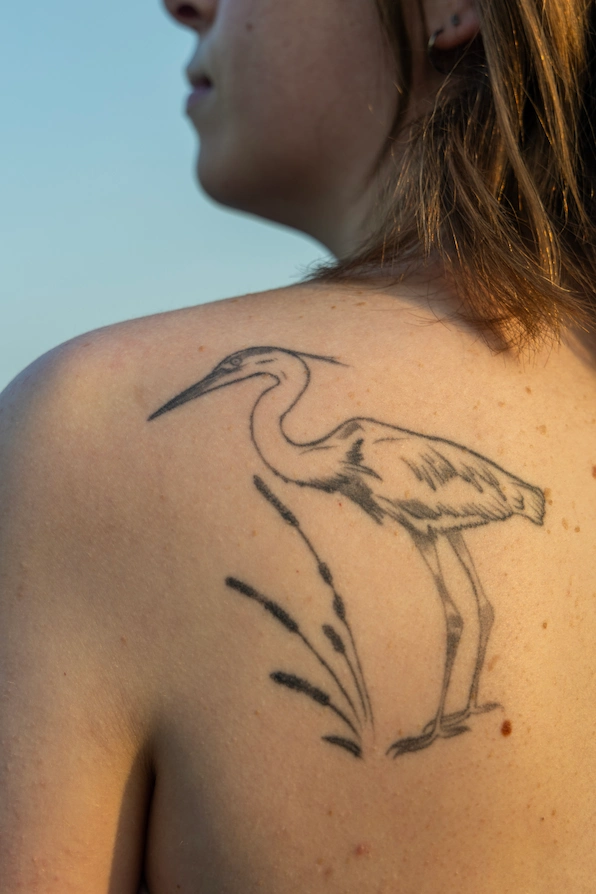
My degree is in biology. Right now I work in human medicine, as a pathology tech and, in addition to the Aquarium, I volunteer with PAWS and the Sno-King Marine Mammal Response team. I’m looking to enter a doctorate degree program to pursue research and medicine. I’d like to get into public health studies on animals and be able to relate that to human health.
I started volunteering at the Aquarium as a way to educate and connect with people, and to learn more myself. It makes me happy when I can help someone discover something. I like being able to show kids that it’s okay to touch the animals in the tide pools. If they’re scared, I say, ‘It’s okay, I’ll touch with you.’ It’s really cool to see people get inspired.
—Molly Biedscheid (she/her)
Tattoo by @a.ink.tattoo_lizzy
We thank Mia, James and Molly for sharing their stories with us—and all the volunteers who enhance every visit to the Aquarium. Interested in becoming a volunteer yourself? Learn more on our website!

